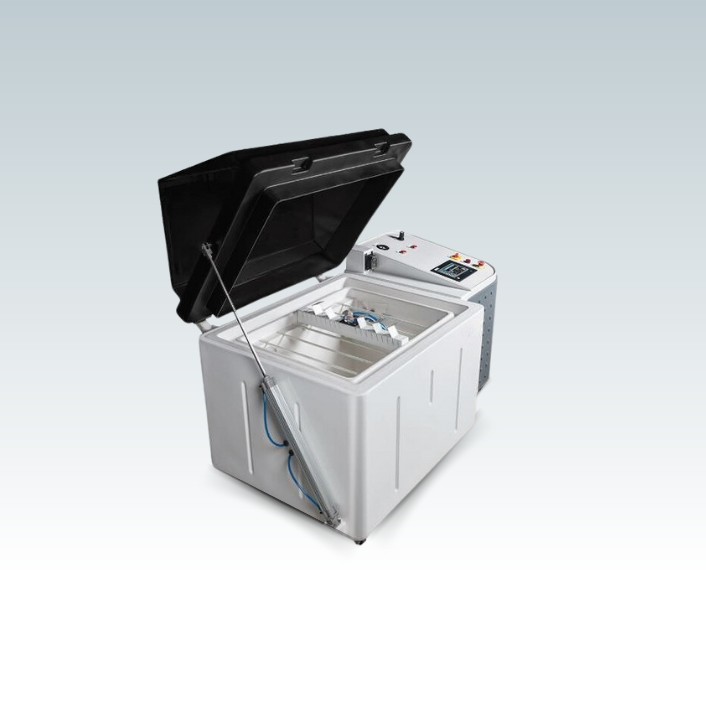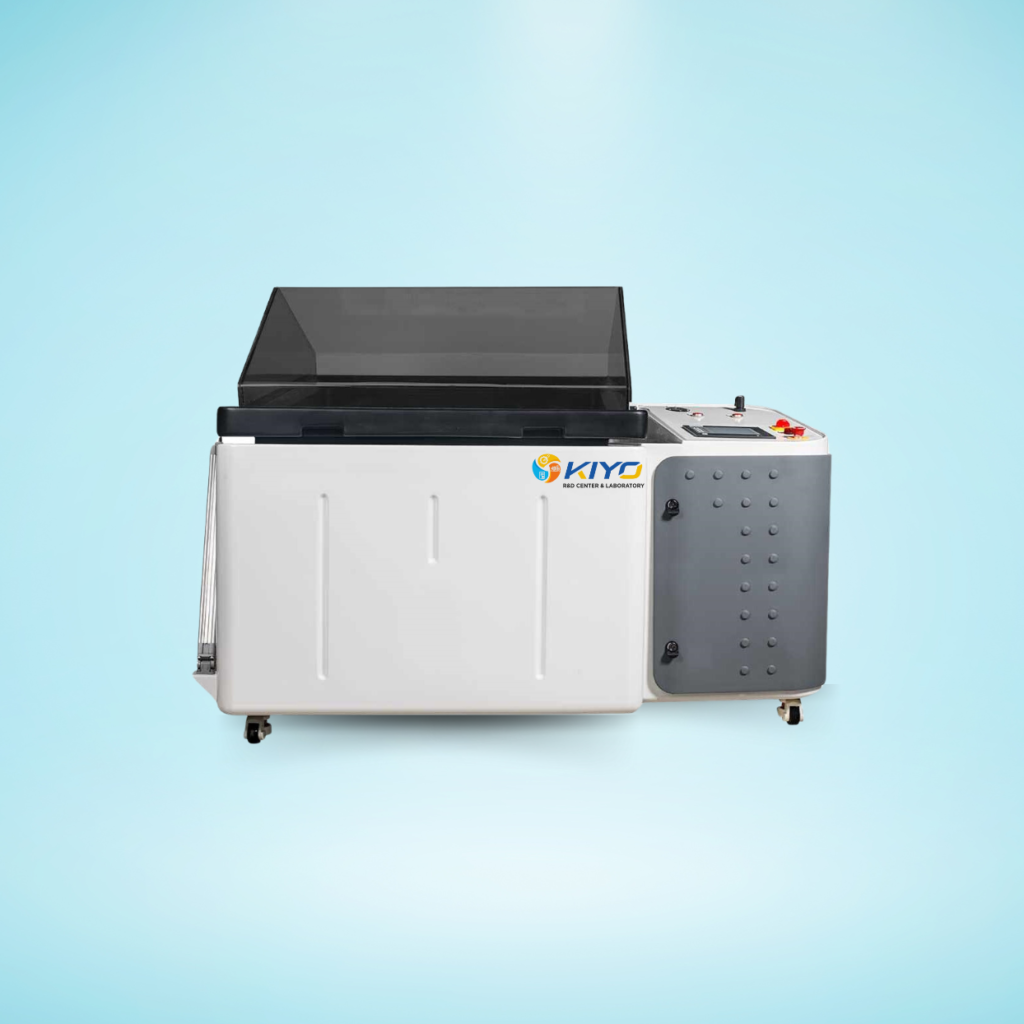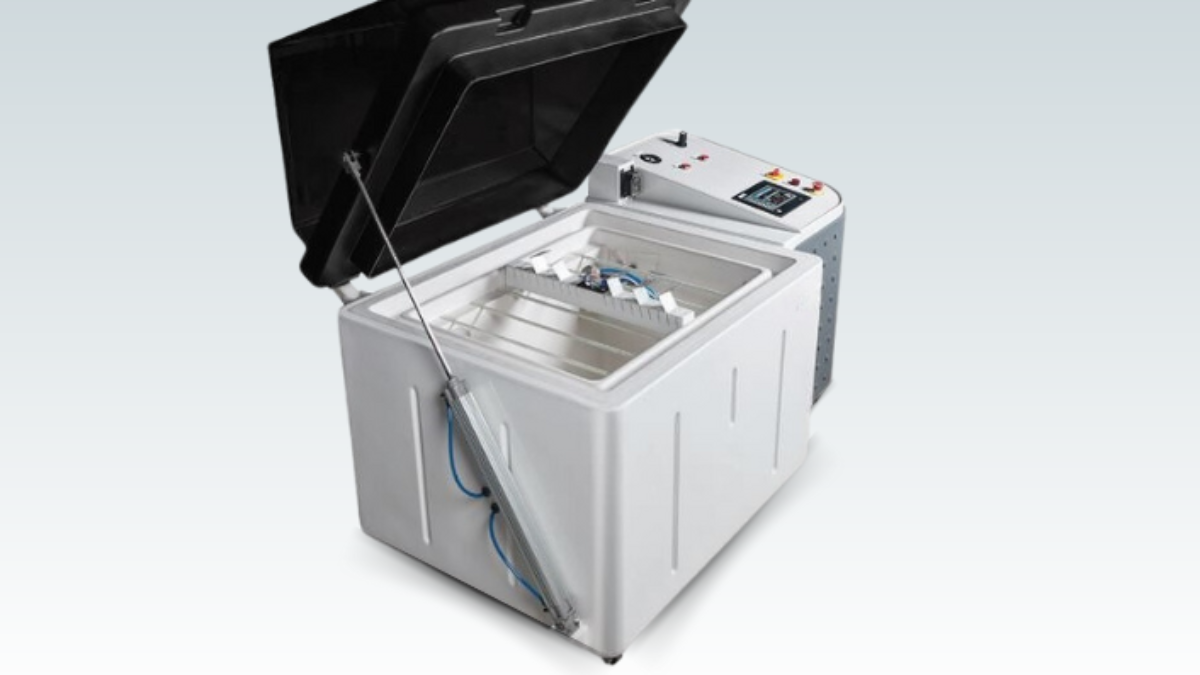Salt Spray Test
Exploring the Role of Salt Spray Testing in Rubber, Polymer, and Plastic Durability
Introduction
- When it involves evaluating materials utilized in challenging environments, salt spray trying out is an critical device for assessing the corrosion resistance of rubbers, polymers, and plastics. At Kiyo R&D Center & Laboratory, salt spray testing is a critical a part of our commitment to making sure that materials can resist intense conditions, permitting our clients to create products with lasting durability.

What Exactly is Salt Spray Testing?
Salt spray testing, occasionally known as salt fog trying out, is an accelerated laboratory test method designed to simulate and examine the results of corrosive environments on substances. By exposing a pattern to a managed salt mist surroundings, it’s viable to expect how the fabric will carry out through the years in real-world conditions, particularly in environments which might be particularly salty or humid.
For polymers, rubbers, and plastics, which can be broadly utilized in sectors from automotive to marine, knowledge how these substances respond to extended salt publicity is critical. Salt spray testing reveals insights into how substances will age, allowing producers to make changes to enhance sturdiness and performance.
Why is Salt Spray Testing Important for Rubber, Polymer, and Plastic Materials?
Salt spray testing affords numerous key advantages while comparing corrosion resistance:
- Material Selection and Development: In the R&D segment, salt spray checking out enables developers choose the quality material compositions and coatings to withstand corrosive environments, specifically in programs with high exposure to salt.
- Enhanced Product Durability: For substances that skip salt spray trying out, sturdiness and reliability are regularly guaranteed, making them ideal for programs in which long-term resilience is vital.
- Reduced Maintenance and Replacement Costs: By making sure materials can withstand corrosion, producers can decrease the need for frequent upkeep or replacements, saving on expenses and enhancing give up-person delight.
At Kiyo R&D Center & Laboratory, our salt spray checking out carrier plays a crucial function within the improvement and satisfactory assurance of polymers, rubbers, and plastics utilized in numerous industries.
How Does Salt Spray Testing Work?
In salt spray testing, samples are placed internal a sealed chamber in which they’re exposed to a quality mist of saltwater answer. This chamber replicates the consequences of corrosive conditions by keeping specific humidity and temperature ranges, permitting researchers to evaluate the sample’s corrosion resistance through the years. Test intervals can range, offering either quick-time period or extended publicity facts based totally at the application and overall performance requirements.
During the test, the appearance of the sample is periodically examined to locate any modifications or signs and symptoms of corrosion. Observing these effects can help predict how the material will fare while uncovered to real-international conditions, assisting in the design of products that withstand negative environments.
Industries Benefiting from Salt Spray Testing
Salt spray testing is a treasured manner for industries wherein materials are frequently exposed to salt and moisture, together with:
- Automotive: Many automotive elements, mainly the ones in contact with street salt and moisture, undergo salt spray trying out to evaluate their lengthy-term performance.
- Marine Applications: Marine merchandise require substances that bear extended saltwater publicity, making salt spray trying out important for assessing corrosion resistance in these environments.
- Outdoor Equipment: For substances used in outdoor programs, like infrastructure, construction, and recreational system, salt spray checking out is key to ensuring sturdiness and minimizing corrosion-related failures.

Advancing Material Performance with Salt Spray Testing
- Salt spray checking out is an invaluable part of materials trying out, especially in developing rubber, polymer, and plastic components that want to bear harsh environments. By simulating exposure to corrosive situations, this take a look at empowers manufacturers to make certain that their substances meet overall performance standards. At Kiyo R&D Center & Laboratory, we leverage our expertise in salt spray testing to help industries reap excessive requirements in product resilience and reliability.

